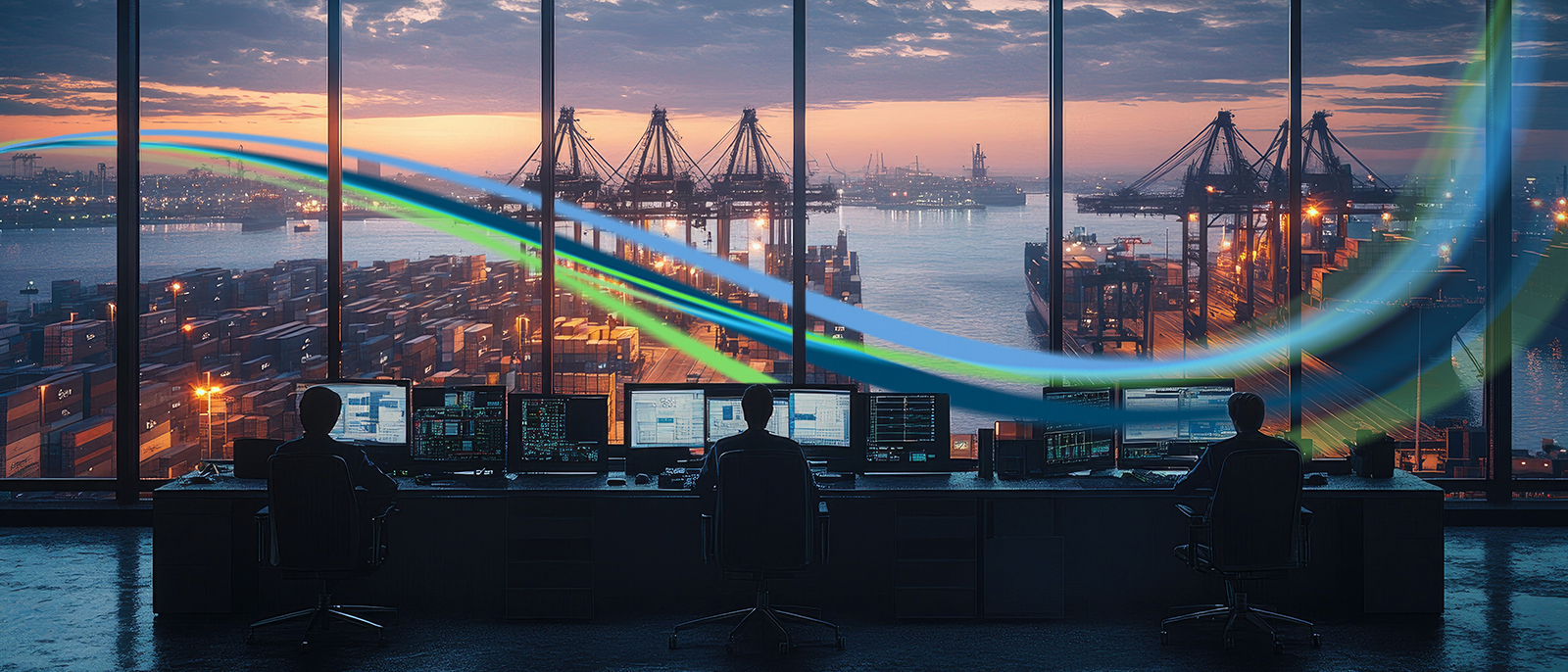Artificial Intelligence (AI) has evolved from an emerging technology to a core driver of change in the global shipping and logistics industry. No longer a futuristic concept, AI is now being applied at every stage of the supply chain , from route planning and predictive maintenance to customs clearance and customer service , reshaping the way freight forwarders and carriers operate.
The adoption of AI comes at a time when the industry faces rising operational costs, increasing regulatory demands, growing environmental concerns, and heightened customer expectations for faster, more transparent services. For companies navigating these challenges, AI offers a powerful means to streamline processes, boost efficiency, and enhance service delivery.
Several key factors are accelerating AI adoption across the sector:
Operational Complexity: With global supply chains spanning multiple countries, ports, and modes of transport, logistics networks have become more intricate than ever. AI enables companies to handle this complexity with smarter, data-led decision-making.
Demand for Visibility: Shippers and consignees now expect end-to-end shipment tracking, proactive updates, and transparency in case of delays or route changes.
Cost Pressures: Higher fuel prices and port congestion are increasing operational expenses, creating urgency for efficiency gains.
Environmental Goals: AI tools can help reduce emissions by optimising fuel use, shortening transit times, and selecting greener routes.
Key Applications of AI in Freight Operations:
Predictive Route Optimisation: By analysing live data on weather, port congestion, vessel performance, and geopolitical events, AI systems can identify the most efficient shipping routes. This reduces delays, cuts costs, and lowers environmental impact.
Dynamic Pricing and Capacity Management: AI-powered forecasting allows carriers to anticipate demand fluctuations, adjust pricing in real time, and optimise vessel capacity. Forwarders can benefit from improved rate visibility and better load planning.
Automated Documentation and Compliance: AI can generate, review, and validate shipping documentation, from bills of lading to customs forms, reducing human error and ensuring faster clearances.
Predictive Maintenance: Monitoring vessel systems and machinery through AI-driven analytics enables operators to spot potential faults early, preventing costly breakdowns and operational disruptions.
Enhanced Customer Experience: AI chatbots and virtual assistants provide immediate responses to queries, while predictive analytics alert shippers to potential delays, enabling forward planning and improved communication.
Implications for Freight Forwarders:
The shift to AI-driven operations presents a range of opportunities and challenges for freight forwarders. On the positive side, automation and optimisation can significantly improve efficiency, enabling faster, more accurate processes across documentation, tracking, and forecasting. These gains not only enhance day-to-day performance but also strengthen service quality, which in turn helps attract and retain clients in a competitive market. AI can also provide access to deeper operational insights, supporting more informed strategic planning and long-term performance improvement.
However, these benefits are balanced by several challenges. Implementing AI often requires a substantial initial investment in both technology and training, as well as the integration of new systems with existing operational platforms. Cultural adaptation can be another hurdle, with teams needing to shift towards data-led decision-making. Cybersecurity also becomes increasingly important when large volumes of sensitive and connected data are involved, requiring robust safeguards to maintain trust and compliance.
Overcoming Implementation Barriers:
Adopting AI is rarely without obstacles, and many freight forwarders face similar barriers in the process. Data silos remain a common issue, with critical information still stored across fragmented systems, which can limit AI’s potential. There is also the challenge of skill gaps, as staff may need dedicated training to make effective use of AI tools and interpret their outputs accurately. Smaller operators can find the upfront costs of advanced systems difficult to absorb, while evolving regulatory and ethical frameworks add an extra layer of complexity. Overcoming these challenges typically requires a phased approach, starting with high-impact use cases and gradually building the capacity and confidence to expand AI’s role in operations.
Strategies for Leveraging AI Successfully:
To maximise the value of AI, freight companies should begin by auditing their existing systems to identify areas where automation can deliver immediate benefits, such as route optimisation or document handling. Ensuring that data flows seamlessly between platforms and partners is essential for unlocking AI’s full potential, as is close collaboration across the supply chain to align technology capabilities for end-to-end optimisation. Investment in cybersecurity should remain a top priority, protecting data integrity while reducing the risk of disruption from cyber threats. Finally, tracking clear performance metrics allows companies to measure AI’s return on investment, justify further expansion, and refine their approach over time.
The Road Ahead:
AI is not a replacement for human expertise; rather, it is a tool that enhances it. Freight forwarders who blend advanced AI capabilities with deep industry knowledge will be better placed to navigate market volatility, regulatory shifts, and evolving customer demands. Looking ahead, AI is set to play an even greater role in sustainability initiatives, enabling companies to meet environmental targets while maintaining service speed and reliability. By embracing AI now, shipping companies can position themselves at the forefront of innovation, drive operational performance, and maintain the agility needed to succeed in an increasingly complex and fast-changing global trade environment.
If we can help you, please contact us.
